|
The paint-tube making part of the project came from Cassie Stephens over at cassiestephens.blogspot.com A few years back, in 2016, a feud took place in the art world that I have always been fascinated by. A laboratory in Britain created a substance called Vantablack. Vantablack is the darkest man-made substance on the planet and absorbs 99.95% of light. It essentially looks like a blackhole. This substance was created to coat the inside of telescopes so that light won’t reflect inside of the them. Anish Kapoor, an artist from Mumbai who is most well-known for creating “Cloud Gate/ The Bean” in Chicago, is a very famous, wealthy, and powerful artist. Using his wealth, he purchased exclusive artistic rights to Vantablack so that he is the only artist who can use it. This obviously upset artists all over the world. Along came Stuart Semple, a Pop Artist who has been making his own paints for many years. Stuart didn’t agree with what Anish did and set out to make things right in the art world. Stuart created a powdered pigment called Pinkest Pink that is so bright and pink, that it can’t be accurately portrayed when viewing it on a computer screen. Here’s the catch: Stuart made his paint available to everyone EXCEPT Anish. When you purchase Stuart’s paints, you agree on his website that you are not Anish Kapoor. Due to the success of his paint and the world-wide support for what Stuart was doing, he made the rest of his paints available for purchase and use… Except to Anish of course. Over the last few years, he has taken an open-source approach with his paints, asking users to give feedback and ideas on ways to make his paints better. This has led to his own version of Vantablack which recently celebrated its 3rd updated release. After introducing Stuart Semple and Anish Kapoor to my artists, I presented them with the 100 Color Challenge. Over the next class and a half, their goal was to mix red, yellow, blue, black, and white to create as many different colors as they could. Their goal was to find a favorite color that could then be painted on their paint tube sculpture later on. The 3rd day of the project was the actual making of the sculptures. Students were given a toilet paper tube that had one end pinched and stapled to resemble a paint tube. Students used four strips of plaster gauze to cover their tube. Next, they were given a small ball of celluclay that was used to sculpt the squirt of paint that was coming out of their paint tube. This was a tough project for the students that really challenged them. If their paper tubes got too wet, they would get soggy and squishy which then made it really hard for them to attach the squirt of paint to the top. Students were expected to problem-solve and/or ask a friend for help if they needed it. The 4th day of the project was spent mixing up the color that they liked from the 100 Color Challenge. They remembered how to mix the paint because they were told to make notes on their paper of how they mixed the colors they liked. They also added some silver to the top and bottom of the tube to look like metal foil. Lastly, they told me the name that they wanted to call their paints. I logged these names on a sheet with the correct spelling for them so they could reference it next class. For the 5th and final day of the project, I mixed some glitter medium into mod podge. Students used this glittery mix to coat their sculptures. This helped to strengthen them, as well as giving them a glossy and glittery sheen. Next, students wrote their paint name on a white strip of paper and then glued that thin strip of white to a slightly thicker strip of black. After these dried, I hot glued them to their paint tube for them. Lastly, I introduced students to an artist statement. I discussed how artists write about their work so that viewers know why they made it, how they made it, and what they made. I simplified their artist statement by making it a fill-in-the-blank form that they filled out.
Here’s a link to the artist statement! This is probably my 3rd graders’ favorite project! They looooooved mixing the colors, making the sculpture, and learning about the Stuart/Anish dispute.
0 Comments
This is a project that I snagged from Don Masse over at shinebritezamorano.com Students learned about the muralist, Isaias Crow, for this project. Isaias is an artist who believes that his art can send a positive, uplifting message. He typically chooses an encouraging word and then incorporates it into his murals. Sometimes the word is easy to read, other times it is near impossible. His work also features many geometric lines and shapes with strong, bold colors. After introducing Isaias’ work to the students, students were given some time to brainstorm positive words that they may want to use in their artwork. Then they worked with a partner to brainstorm some more words. Next they chose one of their words and created two different abstract sketches that incorporated their word. Some students chose to really hide their letters while others made their letters more obvious. Lastly, they transferred their favorite sketch to a large sheet of paper.
The 2nd and 3rd days were spent using oil pastels to outline all of their design and then selectively filling in parts of their artwork with color. The final 2 days were spent using liquid watercolors to fill in the last of their artwork. Then they were asked to write about why they chose the word that they did. I loved reading about some of the deep thinking that went into their word choice. Here is the link to my Youtube playlist that has all of my demo videos for this project, as well as any other supporting videos I use.
Lina Iris Viktor is the youngest artist any of my students have learned about and they thought it was SOOOO cool that she is just a few years older than I am. Lina's work is characterized by many circles and straight lines that break her paintings up into many geometric shapes. She also restricts her color palette to a particular hue of blue, 24 karat gold, black, and sometimes white. The students noticed that some of her work reminded them of Egyptian Hieroglyphs based on the symbols and her use of gold. Lina's work was recently plagiarized for a Kendrick Lamar video. This was a great opportunity for the students and I to have a discussion because they have learned about copyright and plagiarism in the past in other classes. The first day of class, students created two sketches using some of the elements they saw in Lina's work (lines, circle, geometric shapes). After their two sketches, they chose the one they believed was their strongest design and had it ok'd by me. To finish class, they transferred their sketch to a large sheet of colored paper (color of their choice). They were expected to use rulers and different circle tracers I had put out to ensure that they had nice, clean, crisp lines. On the 2nd day of the project, students used gold paint to fill in about a third of their artwork. You would've thought they were using actual gold! They went nuts for it! We talked about different ways to fill in spaces of their artwork (outlining, painting in a shape, painting the space around a shape, etc). I also emphasized outlining things first and then filling in the space. This helps to make smooth outlines. The final day was spent using black on about a third of their project. They were expected to have every pencil line either outlined or filled in. This is my favorite project that I do with any grade. I love how strong many of their designs! I'd love to have some of these famed and hung up on my wall! Here is the link to my Youtube playlist that has all of my demo videos as well as other supporting videos.
We looked at Jeff Koons' work. Koons is an American Post-Pop artist. He is most well-known for his large reflective sculpture balloon dogs. Most of his sculptures use a reflective surface. He likes how the reflective surface changes the way you perceive the area around you by warping and distorting the room on its shiny shell. He depicts objects that are popular in pop culture such as balloon animals, Popeye, and pool inflatables. His sculptures are highly rendered, down to the subtle creases along the seems of his metal pool inflatables. I find his balloon dogs particularly interesting because they toy with the idea of life and death. When something is full of air/breath like a human or a balloon, the item is thought to have life. But when those things run out of air, they become deflated or lifeless. By creating balloon dogs out of metal, they lose their ability to deflate making them immortal. The kids were amazed that he is the second richest living artist and is worth $500 million. We did an observational drawing of a balloon dog inspired by Koons. To do this, we had to learn to break the dog's shape down into different sized ovals. After drawing it, we then traced over our lines with glue then left them to dry on the drying rack. For the second day of the project, we talked about form. Typically, we talk about form as being something that is 3D but it can ALSO be something that has the illusion of being 3D. To do this, we would need to add shadows and highlights to our dogs. We chose a color and LIGHTLY chalked the various sections of our dog. The glue lines help to contain the chalk and the chalk also wipes off of the glue lines easily at the end of the project. They gently blended the chalk and then re-chalked it, making sure not to chalk quite to the bottom this time. Then smoothed and chalked again, going even less far down on the dog. By going over parts of the dog over and over, it creates a bright spot on the dog called a highlight. This gives the illusion that the sun/light is hitting that part of the dog. Lastly, we added a touch of black opposite of the highlight to give the dog some shadows. By adding highlights and shadows, our dogs now looked like they were 3D or had form. Here are the details from the Kusama project that I've done in the past.
Also, here is a link to my youtube playlist that has all of my demo videos and other videos that I show. Enjoy the pictures from this year! I switched it up just slightly this year and had students use sharpies from the background instead of black colored pencils. I like how much better the lines show up with the sharpies. I also didn't ask students to use complementary colors this year. I'm thinking next year we might try to make paper mache pumpkins instead?! 3rd grade is currently wrapping up learning about one of my favorite artists, Julie Mehretu! Each year, I give the table groups in my room a different theme and last year's theme was contemporary female artists. Julie Mehretu is one of my table groups and students have been hoping to learn about her! This project was also inspired by another art teacher who made abstractions of maps on iPads that were inspired by Mehretu. Mehretu is originally from Ethiopia but has since moved to Michigan where she has spent most of her life. She is very inspired by architecture and chooses bits and pieces from different buildings and perspectives to paint. She also uses a lot of maps, charts, blueprints, etc in her work. She puts layer upon layer upon layer of different lines, shapes, and colors to build up her eye-catching paintings. Students were given the opportunity to choose from quite a few different maps that I had screen-shotted from Google Maps. After choosing a map, they slid their map into a see-through paper protector. Students then used sharpies to color in certain parts of the map. They could color entire buildings, parts of buildings, roads, etc. The second class, they chose a new map and slid it into their paper protectors. This time, they put it in backwards so they were working on the side of the paper protector that they didn't work on last time. They continued to color in parts of the map.
The final day, students chose a final map and colored in parts of the map on a transparency sheet. While they worked, I used double-sided tape to tape their paper protector to a white sheet of paper. I did this so that their lines and shapes of color would show up better on the finished product. At the end of class, students slid their transparency into their paper protectors and this created a work of art that used 3 different layered maps. This has become one of my favorite projects due to how successful ALL my students are making these! This was a project that I snagged from Cassie Stephens. You can check out her details here.
To start off the year, third grade learned about the pop artist, Romero Britto. Romeo's work also draws upon influences from cubism. His work typically shows a picture that has been divided up into many shapes by bold black lines. then within all those shapes, she adds bright colors and patterns. he is a very popular artist at the moment, having made work for many large events such as: the Super Bowl, World Cup, Olympics, and Disney. I always start off the year with my third graders by making self portraits. I do this because I like to show students how much they can grow over the course of one project. I typically give them five minutes to draw the best self portrait that they can without any instruction. Afterwards, I give them a crash course in facial proportions, teaching them where things belong on your face. With this information, they begin to redraw their self portrait while keeping this new information in mind. After drawing their self portraits, they use a Sharpie to outline everything and then erase their pencil line. Then they divide their paper into different sections by drawing lines across it. Then they are expected to add patterns in each section of the background. They are also encouraged to add some patterns to their hair. After everything has been drawn, sharpie'd, and erased, then they used plastic crayons to fill in their artwork. For this project, students learned about Heather Hansen and continued their study of symmetry along more than one axis. Heather is an artist based out of New Orleans. What I really like about her is that she combines two of her favorite passions: art and dance. Her art is very meditative and requires concentration and movement of her whole body. She uses charcoal while lying on a large sheet of paper to create symmetrical drawings. With the students, we used an app for the iPad called Morphi. Morphi allows you to create and mirror drawings on different axis. This made it easier for students to create symmetrical drawings. After creating 2D drawings in the app, they can then convert them into 3D forms which can be further manipulated along different axis.
One of my goals this year was to begin using more and more technology with my students. This was a project I snagged from shinebritezamorano.com Don does an awesome job using iPads with his students! Forge of Neon is a free app for iPads. When using it, I expected the students to focus on symmetry using 3 or more colors and using at least 2 different axis. |
Devon CalvertHarmony and Consolidated Elementary Art Teacher in Milton, WI. UW-Eau Claire graduate. WAEA President. Apple Teacher. Archives
March 2019
Categories
All
|



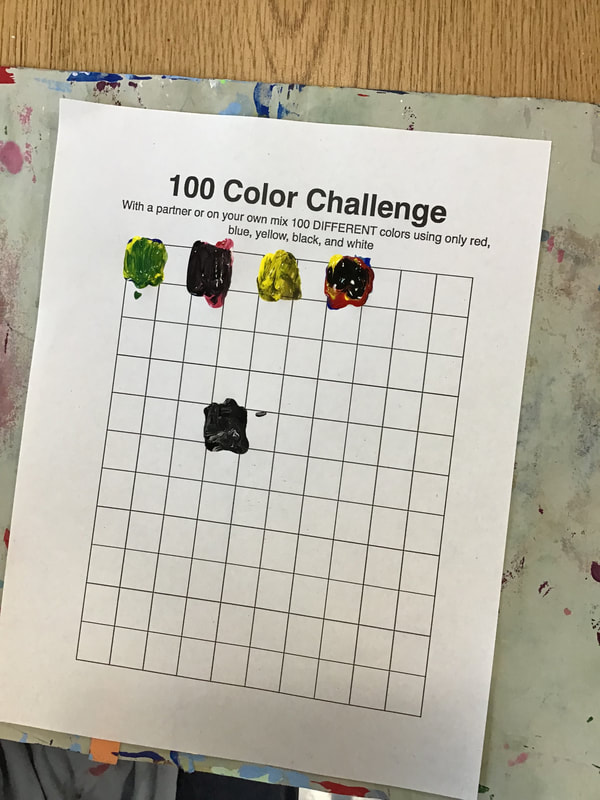







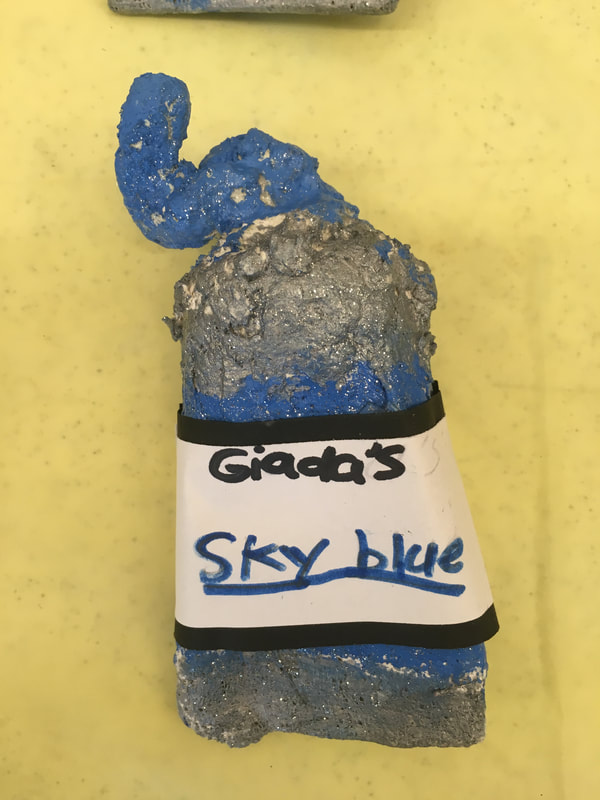

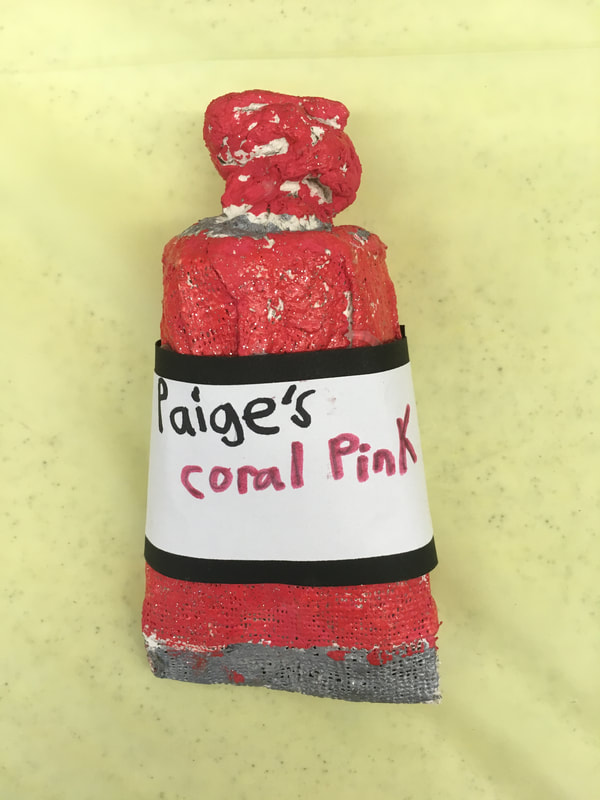

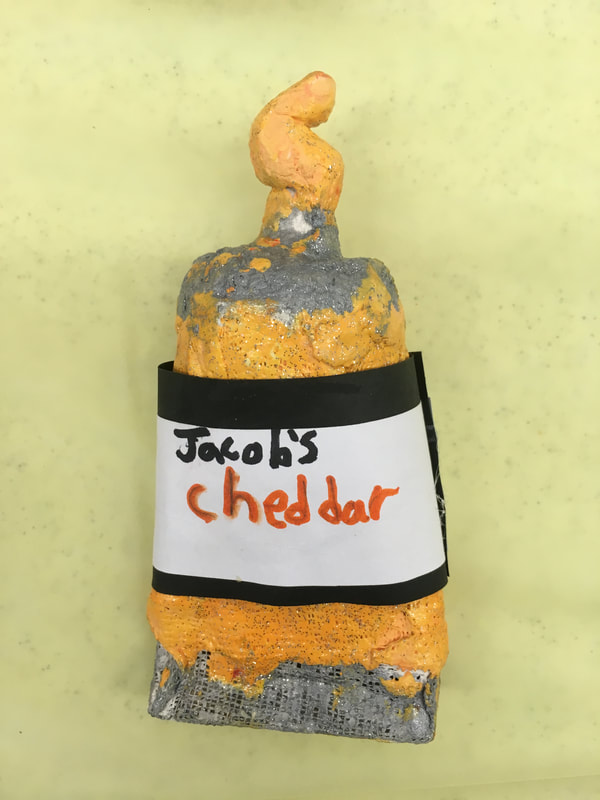
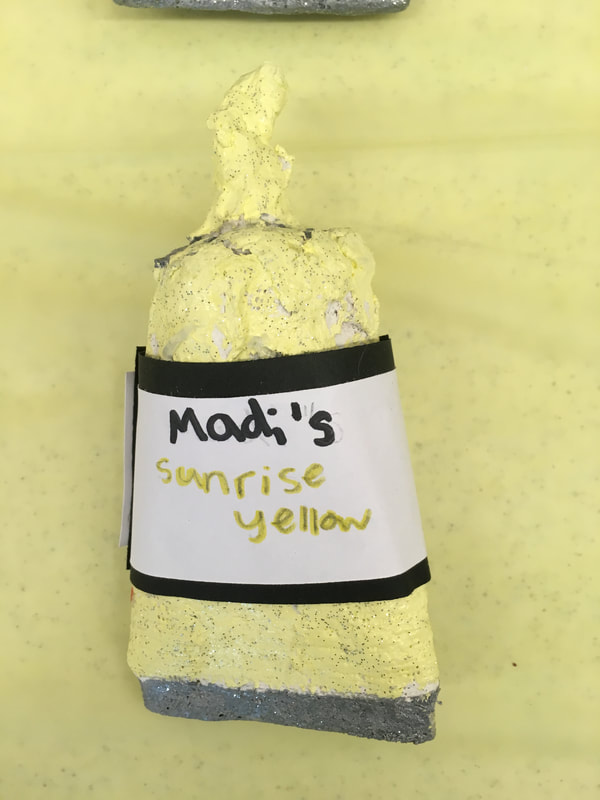




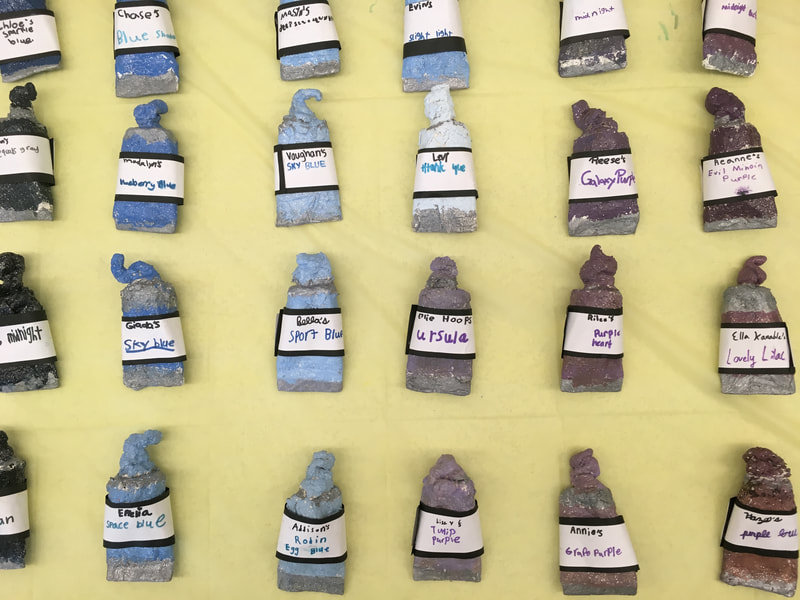











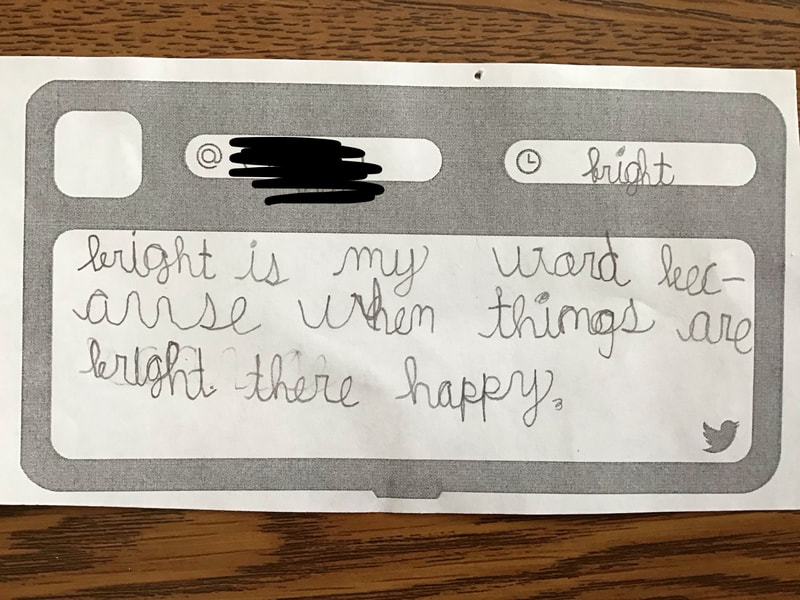


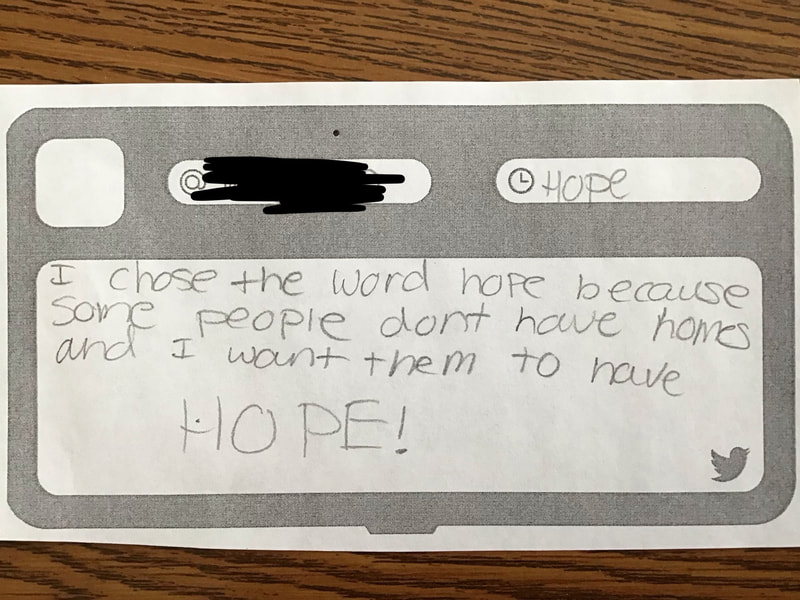
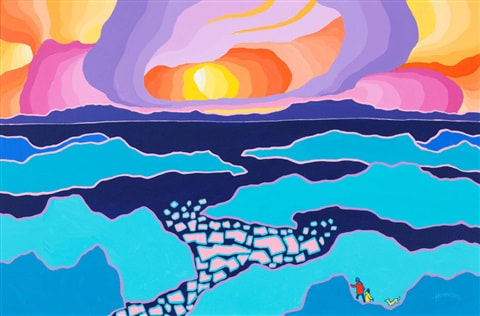

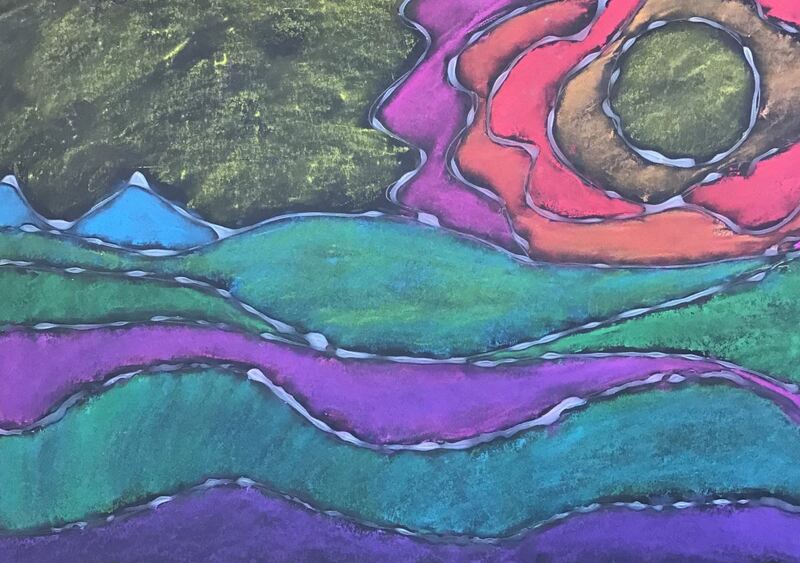


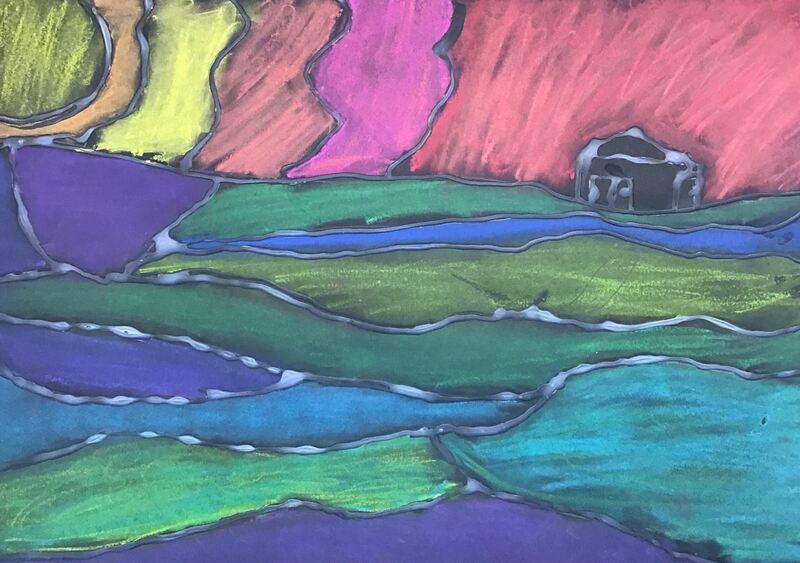



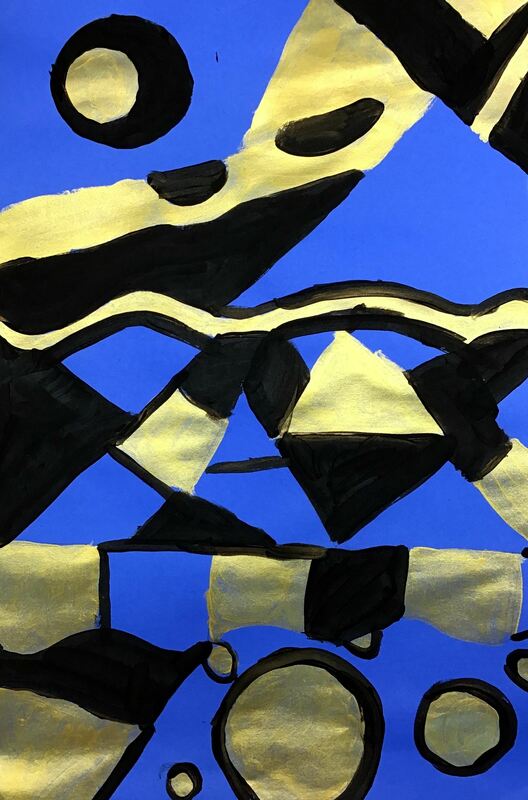






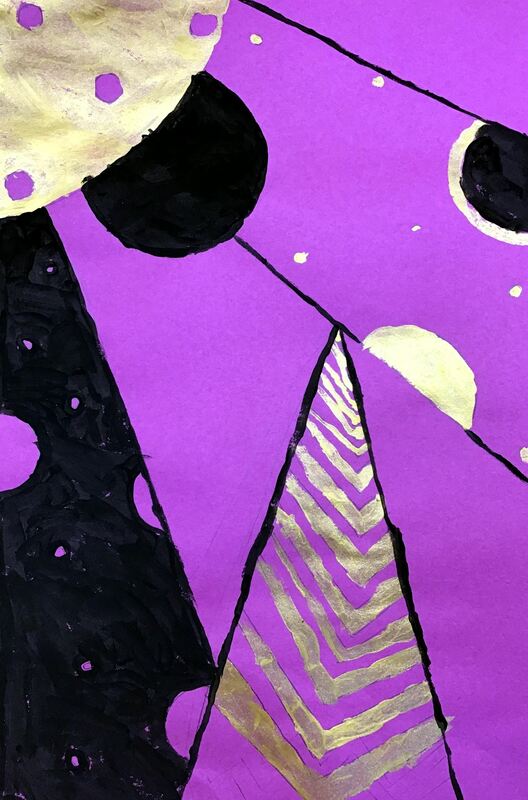
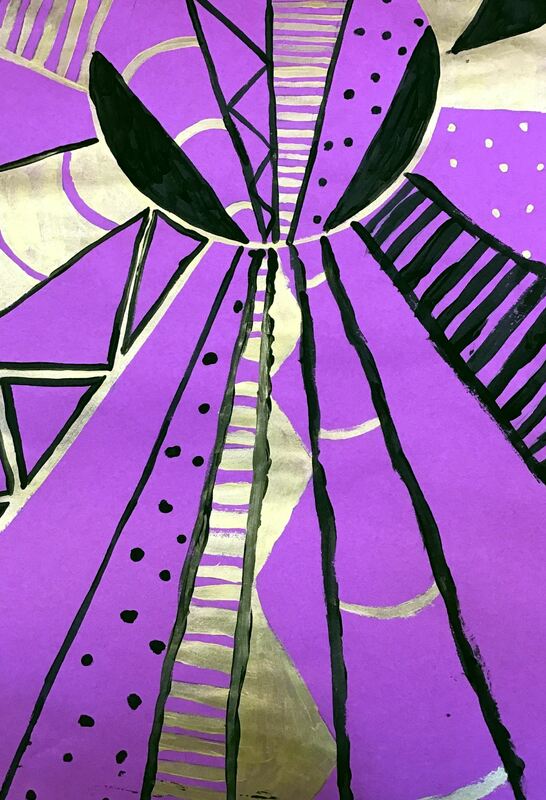

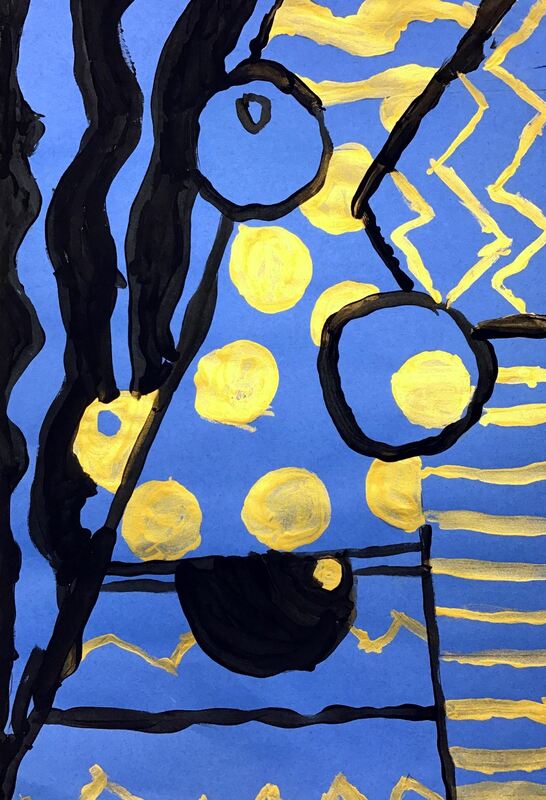







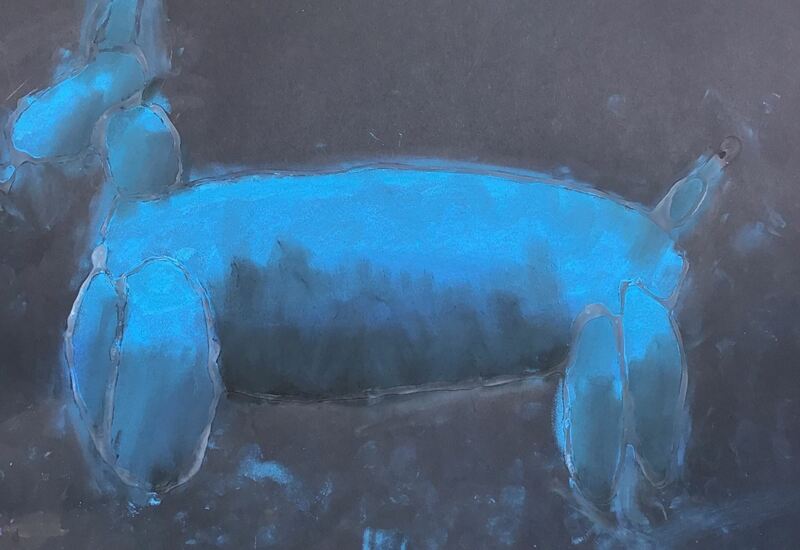


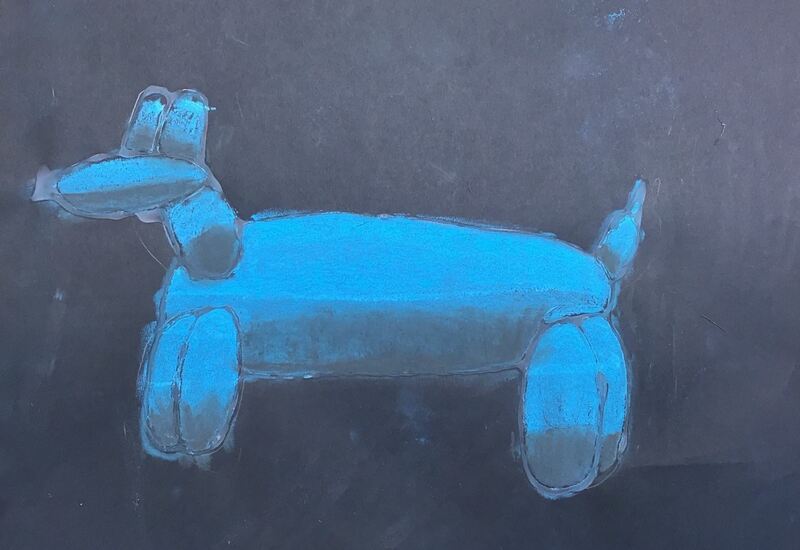
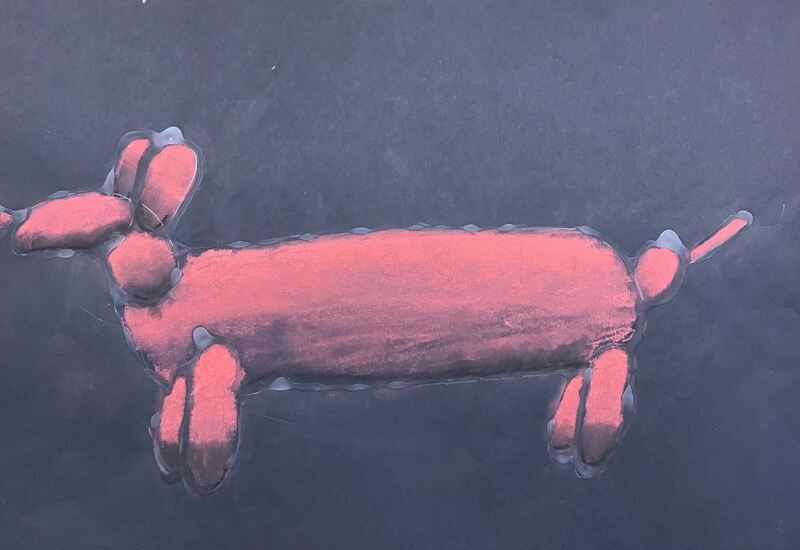




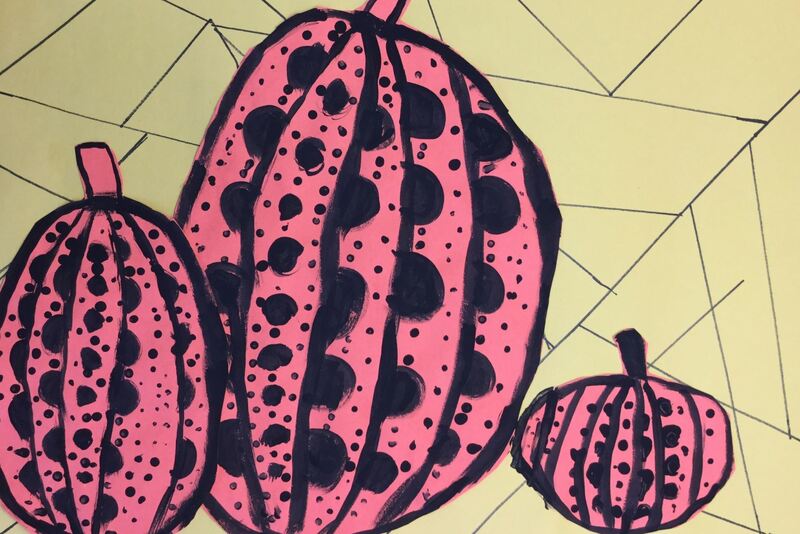

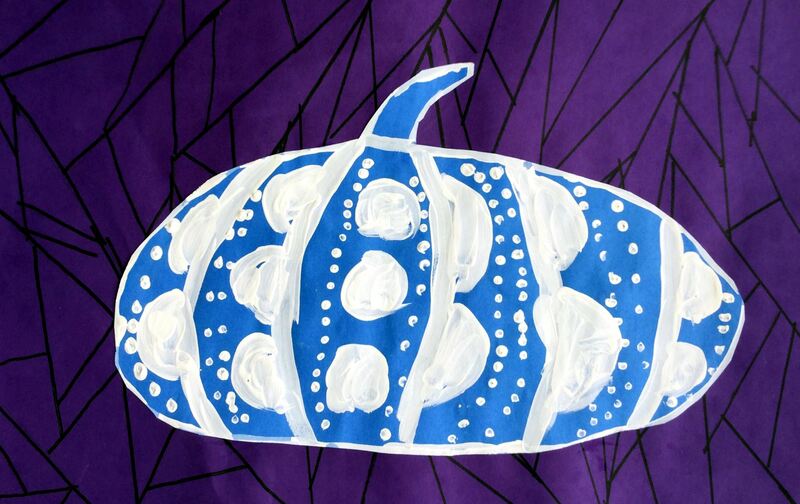




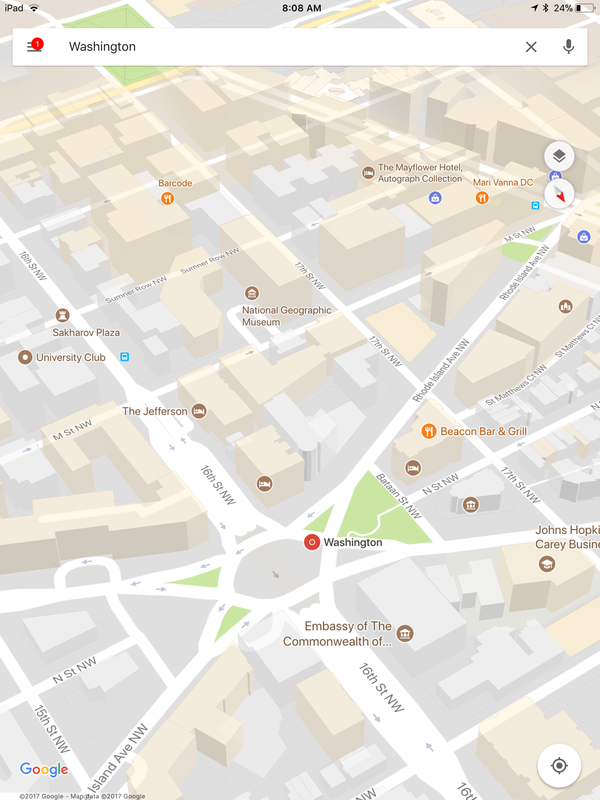



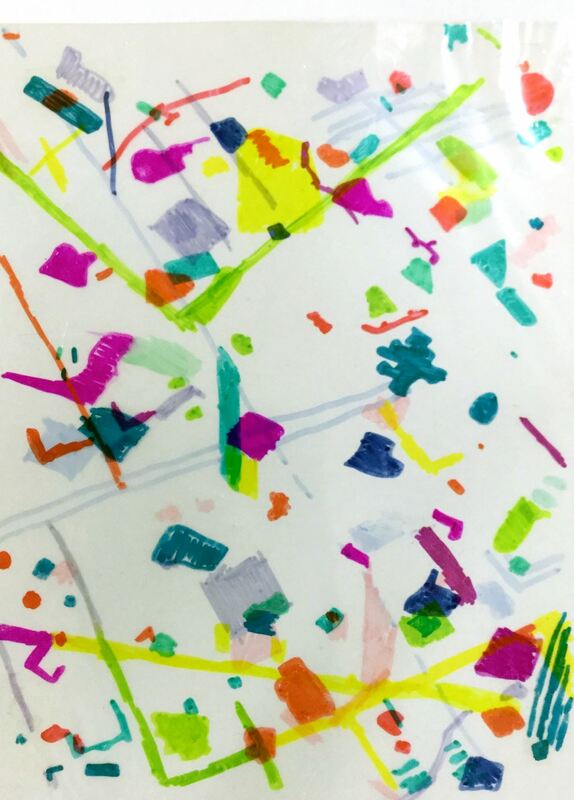








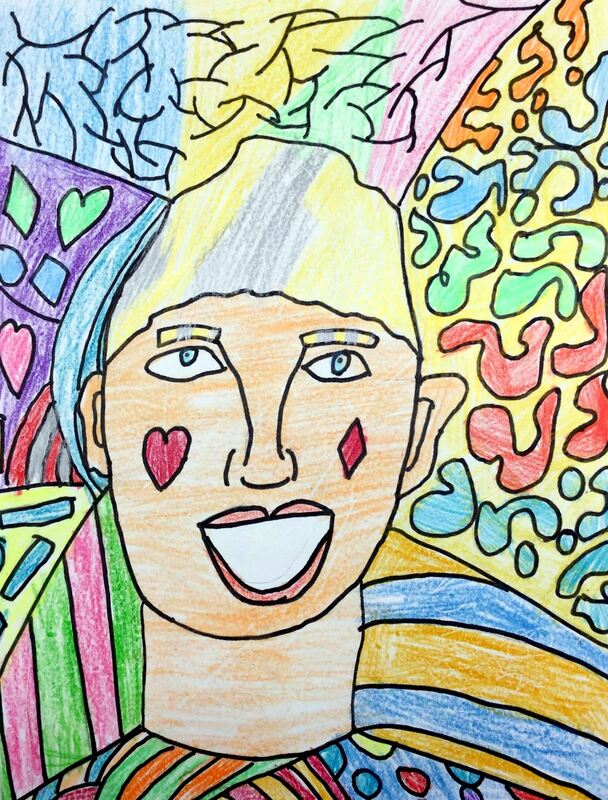
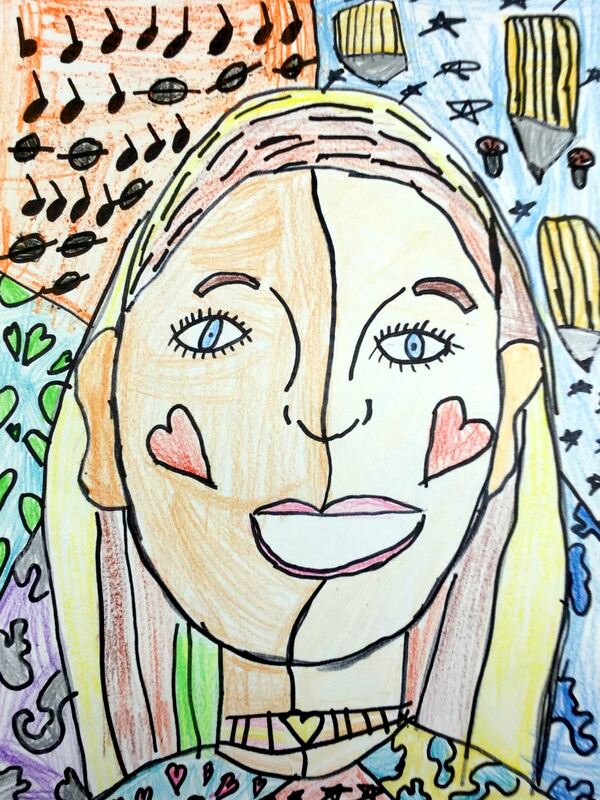

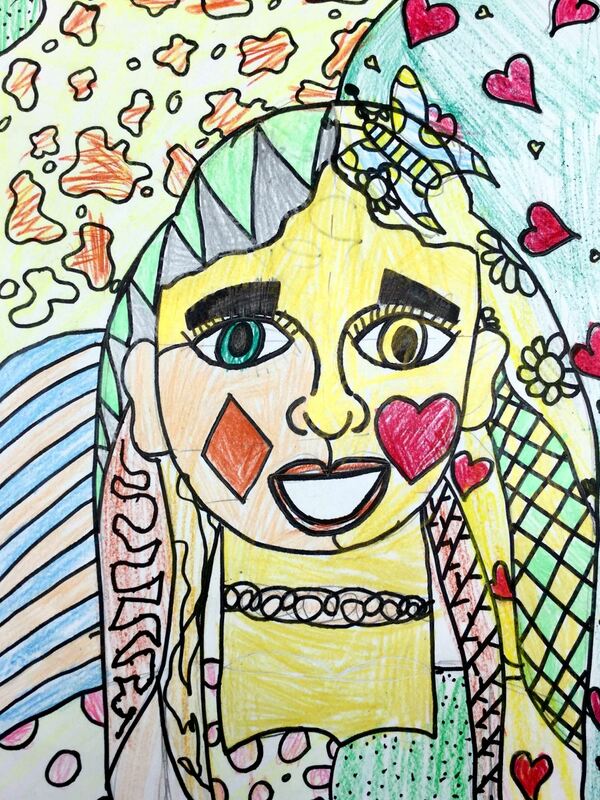


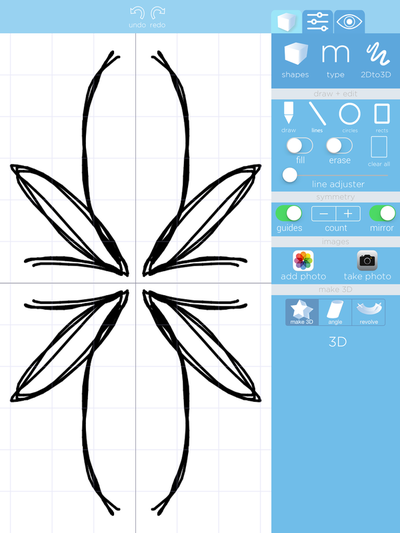
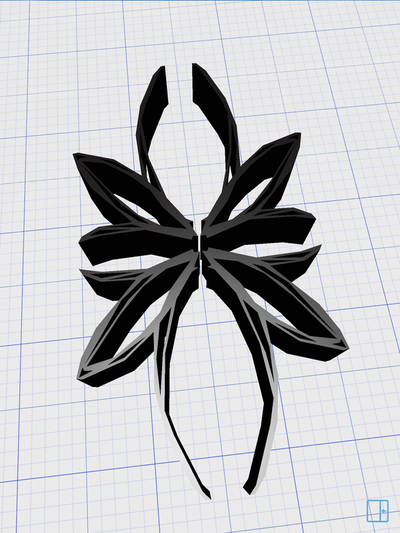




 RSS Feed
RSS Feed
